BY WALTER OPINDE
Charles Waddell Chesnutt, an African-American man of letters, was born in Cleveland, Ohio, on 20th June, 1858, the son of free blacks who had emigrated from Fayetteville, N.C. When he was eight years old, Chesnutt’s parents returned to Fayetteville, where Charles worked part-time in the family grocery store and attended a school founded by the Freedmen’s Bureau. In 1872 financial necessity forced him to begin a teaching career in Charlotte, N.C. later, in 1877, he returned to Fayetteville, and got married a year later. By 1880, he had become a principal of the Fayetteville State Normal School for Negroes.
In the meantime, Chesnutt continued to pursue his private studies of the English classics, foreign languages, music, and stenography. Despite his successes, he longed for broader opportunities and a chance to develop the literary skills that by 1880 led him toward an author’s life. In 1883 Charles moved his family to Cleveland. There he passed the state bar examination and established his own court reporting firm. Financially prosperous and prominent in civic affairs, he resided in Cleveland for the remainder of his life.
“The Goophered Grapevine,” an unusual dialect story that displayed an intimate knowledge of black folk culture in the South, was Chesnutt’s first nationally recognized work of fiction. Its publication in the August 1887 issue of the Atlantic Monthly marked the first time that a short story by a black had appeared in that prestigious magazine. Afterw other magazines accepted subsequent tales in this vein, Chesnutt submitted to Houghton, Mifflin a collection of these stories, which was published in 1899 as The Conjure Woman. His second collection of short fiction, The Wife of His Youth and Other Stories of the Color Line (1899), ranged over a broader area of southern and northern racial experience than any previous writer on black American life had attempted. These two volumes were popular enough to convince Houghton, Mifflin to publish Chesnutt’s first novel, The House Behind the Cedars, in 1900. This story of two blacks who passed into white in the postwar South revealed Chesnutt’s sense of the psychological and social dilemmas facing persons of mixed blood in the region.
Chesnutt’s second novel, The Marrow of Tradition (1901), is based on the Wilmington, N.C., race riot of 1898. Hoping to write the Uncle Tom’s Cabin of his generation, Chesnutt made a plea for racial justice that impressed William Dean Howells as a work of “great power,” though with “more justice than mercy in it.” The failure of the book to sell widely forced Chesnutt to give up his dream of supporting his family as a professional author. In 1905, Charles published his final novel, The Colonel’s Dream, a tragic story of an idealist’s attempt to revive a depressed North Carolina town through a socioeconomic program much akin to the New South creed of Henry W. Grady and Booker T. Washington. The novel received little critical notice.
During the latter years of his life and career, Chesnutt continued to write and publish occasional short stories, but he was largely eclipsed in the 1920s by the writers of the Harlem Renaissance. He was awarded the Spingarn Medal in 1928 by the National Association for the Advancement of Colored People for his pioneering literary work on behalf of the African-American struggle. Today Chesnutt is recognized as a major innovator in the tradition of African-American fiction, a significant contributor to the deromanticizing trend in post-Civil War Southern literature and a singular voice among turn-of-the-century realists who treated the color line in American life.
Read more of the story via:





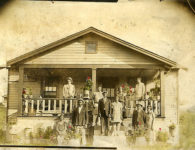
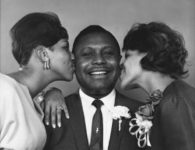





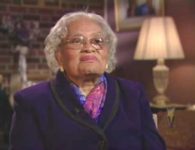
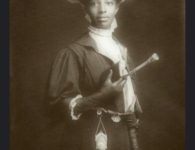

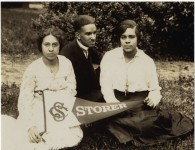
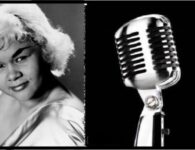
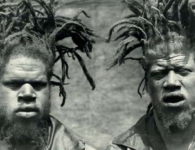
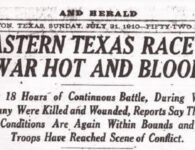
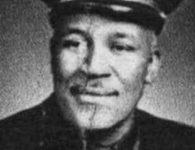

No comments